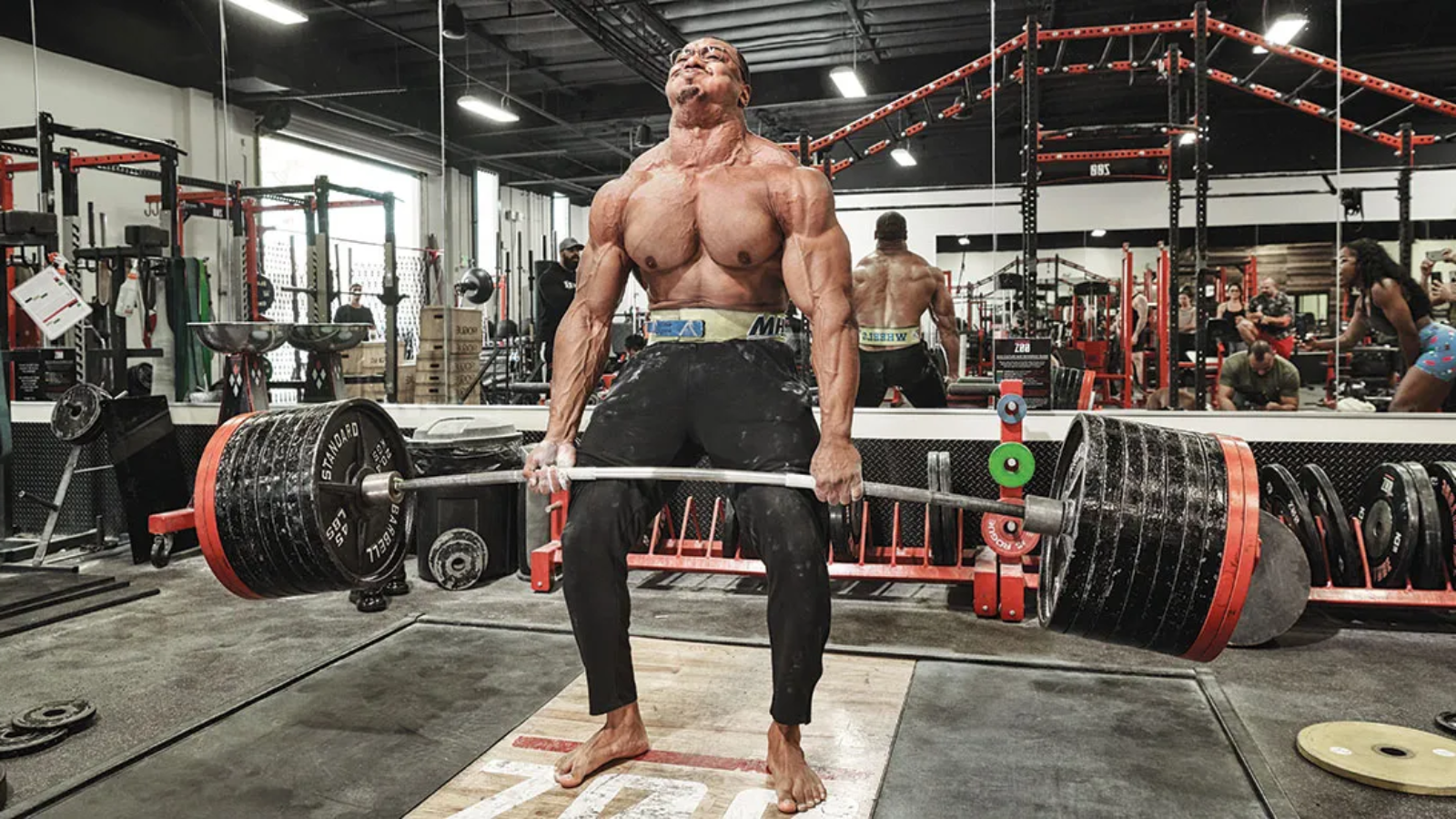Strength training and powerlifting are foundational components of fitness that offer numerous benefits, from increased muscle mass and bone density to improved mental well-being. Whether you’re a beginner aiming to enhance your overall health or an athlete seeking to maximize performance, understanding these disciplines can help you achieve your goals.
Understanding Strength Training
Strength training, also known as resistance training, involves exercises designed to improve muscular strength and endurance. This form of training includes various methods, such as using free weights, resistance bands, or bodyweight exercises, to challenge and build muscle.
Benefits of Strength Training:
- Enhanced Muscle Mass and Metabolism: Regular strength training increases lean muscle mass, which in turn boosts resting metabolic rate, aiding in weight management.
- Improved Bone Density: Engaging in weight-bearing exercises strengthens bones, reducing the risk of osteoporosis and fractures.
- Joint Health and Balance: Strengthening muscles around joints enhances stability and balance, decreasing the likelihood of falls and injuries.
- Mental Health Benefits: Regular resistance training has been linked to reduced symptoms of depression and anxiety, as well as improved cognitive function.
Incorporating strength training into your routine can lead to significant improvements in overall health and quality of life.
Exploring Powerlifting
Powerlifting is a competitive strength sport that focuses on three main lifts: the squat, bench press, and deadlift. Athletes aim to lift the maximum weight possible in each of these exercises, with their best successful attempts contributing to a total score.
Key Aspects of Powerlifting:
- The Big Three Lifts:
- Squat: Lowering the body by bending the knees and hips, then returning to a standing position with the weight.
- Bench Press: Lying on a bench and pressing the weight upward from the chest.
- Deadlift: Lifting the weight from the ground to hip level in a controlled manner.
- Competition Structure: Lifters are allowed three attempts at each lift, with the highest successful attempt in each contributing to their total score.
- Raw vs. Equipped Lifting: Raw lifting involves minimal supportive gear, focusing on pure strength, while equipped lifting allows specialized suits and wraps to assist in handling heavier weights.
Powerlifting not only tests maximal strength but also requires technique, discipline, and mental fortitude.
Integrating Strength Training and Powerlifting into Your Fitness Routine
For those new to these disciplines, starting with a structured program can provide guidance and measurable progress.
Sample 10-Week Powerlifting Program:
- Weeks 1-4: Focus on building a foundation with moderate weights and higher repetitions to develop technique and muscular endurance.
- Weeks 5-7: Gradually increase weight and reduce repetitions to build strength.
- Weeks 8-10: Aim for peak strength with heavier weights and lower repetitions, preparing for maximum effort lifts.Wikipedia
Tips for Success:
- Consistency: Regular training sessions are key to progress.
- Proper Form: Ensuring correct technique prevents injuries and maximizes effectiveness.
- Rest and Recovery: Allowing muscles time to recover is essential for growth and performance.
- Nutrition: Adequate protein intake and balanced nutrition support muscle repair and energy needs.
Combining strength training and powerlifting principles can lead to significant improvements in physical capabilities and overall health.
Conclusion
Embracing strength training and powerlifting can transform your fitness journey, offering benefits that extend beyond the gym. From building muscle and enhancing bone density to boosting mental health and confidence, these disciplines provide a comprehensive approach to well-being. Whether you’re lifting for health, competition, or personal achievement, the principles of strength and power are accessible and beneficial to all.

